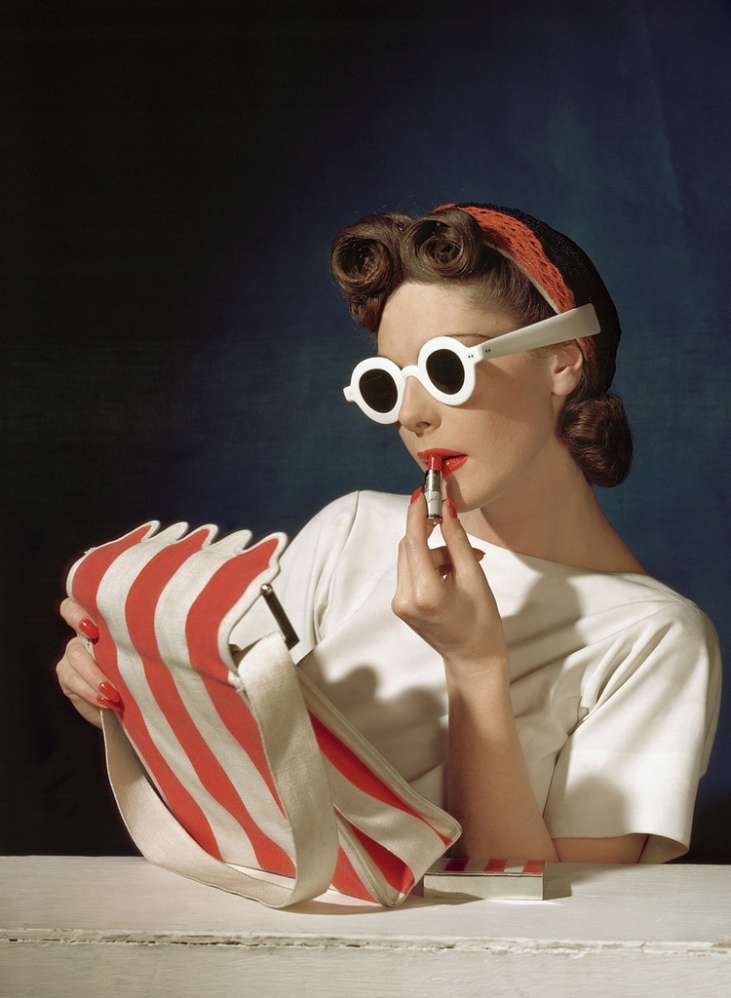
For the next four days, I’ll be deep in the labryinth of International Quilt Market, Extreme Fall Edition.
Quilt Market is a crucial event for folks with serious business to do within the quilt industry. It occurs every year at the end or tail end of October; you could set your desk calendar to it and most industry people do: Market is where the biggest deals are done, where shop owners plan their strategies, where new careers are unveiled, and many meetings are taken in which one is advised to take notes.
From the time we were old enough to register the lives of our parents, Quilt Market was important in my life and the lives of my two sisters. Mom went to Market every year, and how we knew it was important was because Mom usually bought something new to wear to it and she didn’t do much shopping back then (still doesn’t, but back then it was because the family financial situation was mighty precarious.) We were also well aware Market was held in Houston, and this was strange in our young minds because our paternal grandparents also lived in Houston and we only had poor memories of those grandparents. We were dimly aware that Mom and our estranged dad had met in Houston and gotten married there. So Houston was an emotionally charged place for us (or maybe just me) and every year, Mom went there for work. Maybe it sounds irrational that her annual trip would cause us anxiety, but kids’ emotions are complex, especially when there’s been a painful schism in a family.
And now I go. This is perhaps my sixth Market? Something like that. I love it. I love the energy, the concentration of hundreds upon hundreds of talented people in one place. I love the effort that everyone puts forth to make this Market the best Market ever. The color in the place is dazzling. And at the heart of it all? Quilts. Well, money is also at the heart of it. But the quilts come first and the money follows, so quilts win. Isn’t that something? A Nebraskan quilter who had a name but is now only remembered as “Anonymous,” stitching along on a Log Cabin quilt in 1880 had no idea that what she was doing would yield all of this.
She’d be amazed. She’d be excited. She’d probably want to upgrade her sewing machine. At Market, she could do that. She could do a lot more than she could in 1880, that’s for sure. “Anonymous in 1880”? This Market’s for you. I will dash around in heels with my notebook and make deals and further the love of quilting in this country in the name of your anonymity. Together, we’ll help pull the next one up.**
*“Pull The Next One Up” is a brilliant poem by my friend Marc Smith, founder of the poetry slam. Google the poem and prepare for goosebumps. I love you, Marc.

